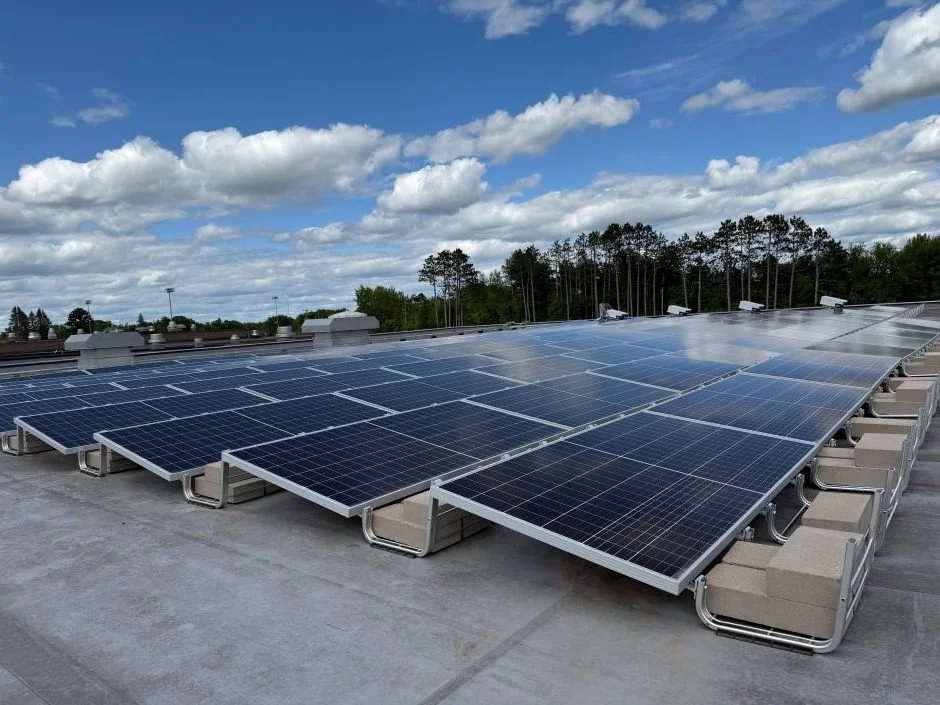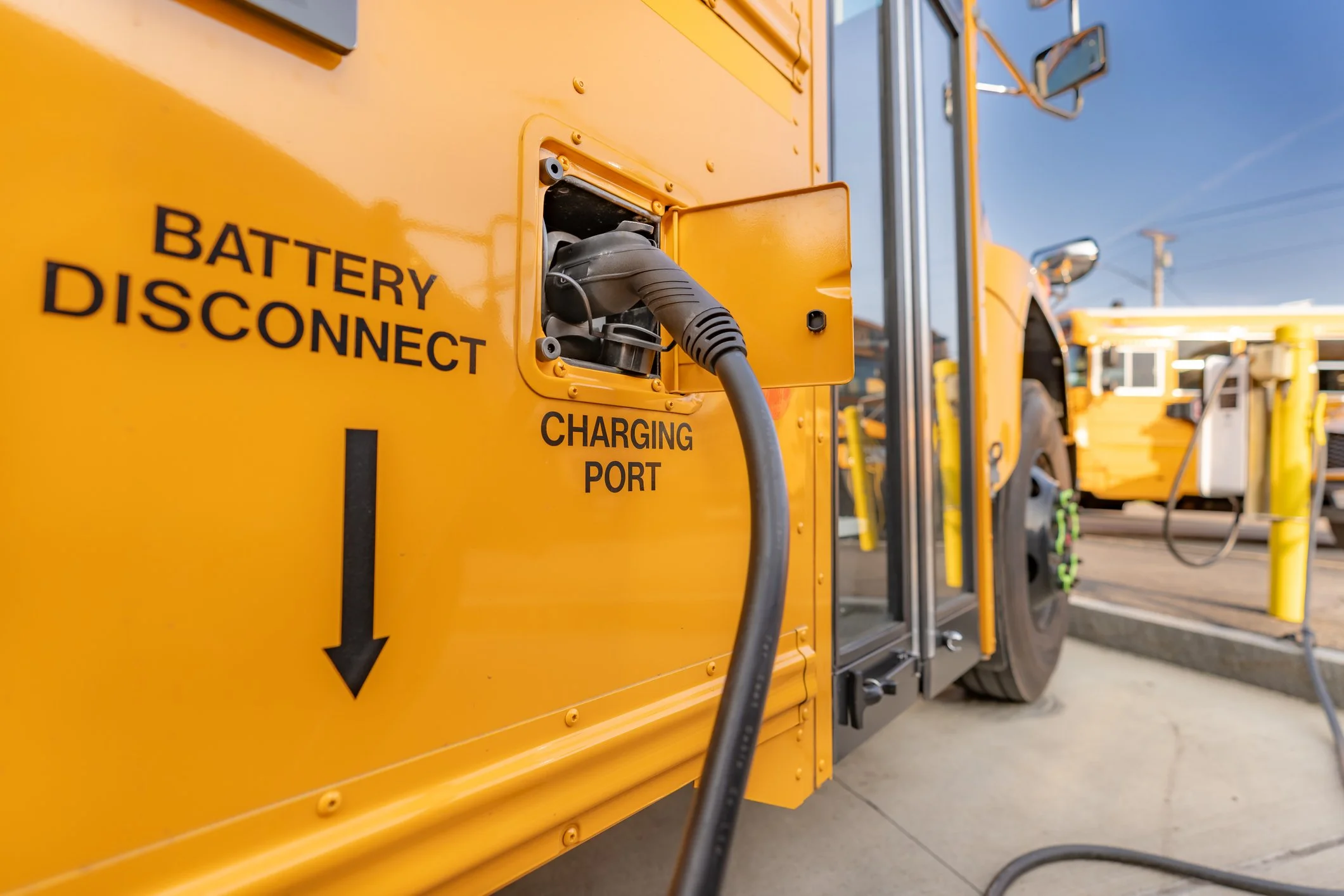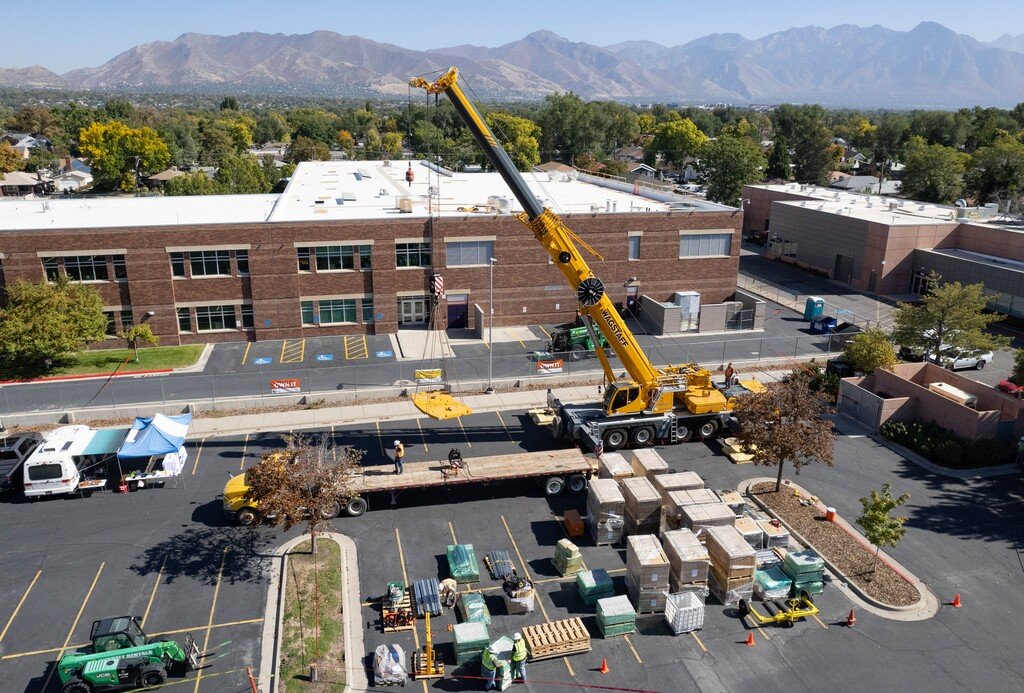
Why Clean Energy at Schools?
This page has not been updated since the President signed the latest federal budget reconciliation bill into law on July 4, 2025.
For updates, visit this page.
#1 Our kids’ health, well-being, and education are at stake.
Unprecedented heat and extreme weather events is a triple-threat crisis for our children, especially our most vulnerable.
Resources
Read about how environmental exposures in school buildings can impact student health, thinking and performance in Schools for Health: Foundations for Student Success.
Learn how extreme heat, poor air quality, flooding, infectious diseases and changes in seasonality impact children’s health and well-being, in the EPA’s Climate Change and Children’s Health Report.
Featured Reading
#2 Equipping our schools for climate-resilience safeguards student health and learning, and builds more resilient communities.
Our school buildings serve as adaptive resources for our communities that:
Resources
Learn about how school facilities can keep children and communities safe during extreme weather.
Explore evidence based recommendations that center resilience in schools in California.
Learn more about the federal resources to support resilience, recovery, and adaptation.
#3 Clean energy technologies are often more cost-effective.
The total lifetime cost of ownership for clean energy systems can yield cost savings that can be reinvested across other district priorities including teaching and learning.
Resources
CJNRC and UndauntedK12 summarize evidence that building and renovating schools with modern, efficient energy systems is the affordable option.
RMI and UndauntedK12’s report offers a framework for evaluating costs and obtaining funding for electric HVAC systems, and outlines health and cost benefits.
Elective Pay in Action
#4 We need to decrease emissions to stop making the problem worse.
Emissions from school infrastructure contribute to accelerating our climate crises. Our young people need us (and are asking us to partner with them) to dramatically decrease emissions and interrupt systems that rely on fossil fuels.
Resources
Check out the Department of Energy's Better Buildings Initiative for more information on zero energy schools.





































